
Understanding the Preschool Curriculum in Singapore: What to Expect
05 September 2025
Key Takeaways
- Learn how the curriculum for preschool education in Singapore supports holistic child development.
- Discover different teaching approaches, from play-based learning to inquiry-led methods.
- Understand what to consider when selecting a preschool learning curriculum that suits your child.
Choosing a preschool is more than finding a convenient location. In Singapore, preschools offer a wide range of teaching methods and philosophies, each shaping your child’s development in unique ways. Whether your priority is academic preparation, bilingual fluency, or nurturing emotional confidence, it is important to understand the various curricula for preschool education available.
Singapore’s early childhood education is committed to developing confident, creative, and socially responsible children. The preschool curriculum focuses not only on school readiness but also on values, communication, and interpersonal skills. Let’s take a closer look at the key approaches you will find in local preschools.
1. National Preschool Curriculum (Nurturing Early Learners Framework)

This is the standard framework used in many Singaporean preschools. It takes a holistic approach to learning, integrating subjects like language and literacy, mathematics, motor development, art, music, and outdoor play.
The aim is not to rush academic learning but to build curiosity, nurture character, and develop resilience. Teachers and parents work closely to support a child’s progress, reinforcing learning at home and in school. This curriculum for preschool education values emotional well-being and lifelong learning just as much as cognitive development.
2. Reggio Emilia Approach

Originally from Italy, the Reggio Emilia method has gained popularity in Singapore. It encourages self-expression through child-led exploration.
Here, learning is driven by the child’s interests. Teachers act as facilitators, helping children investigate, experiment, and share ideas through art, music, storytelling, and collaborative activities. Education is seen as a continuous journey, guided by wonder and discovery. This approach also encourages close parent involvement in documenting the child’s growth.
3. Montessori Method
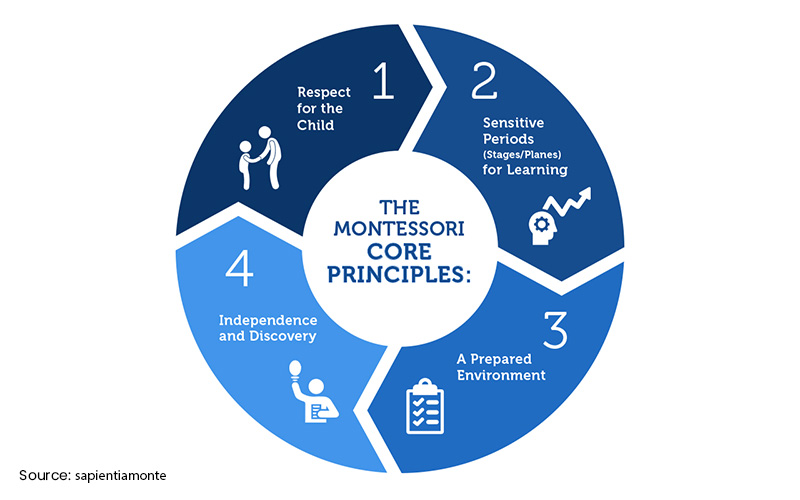
Montessori schools create environments where children choose tasks that suit their pace and developmental stage.
With an emphasis on independence, problem-solving, and real-world skills, this preschool learning curriculum encourages children to care for themselves, interact respectfully, and take ownership of their progress. The learning environment is well-organised, calm, and full of sensory materials designed to support focused engagement.
4. International Baccalaureate (IB) Primary Years Programme
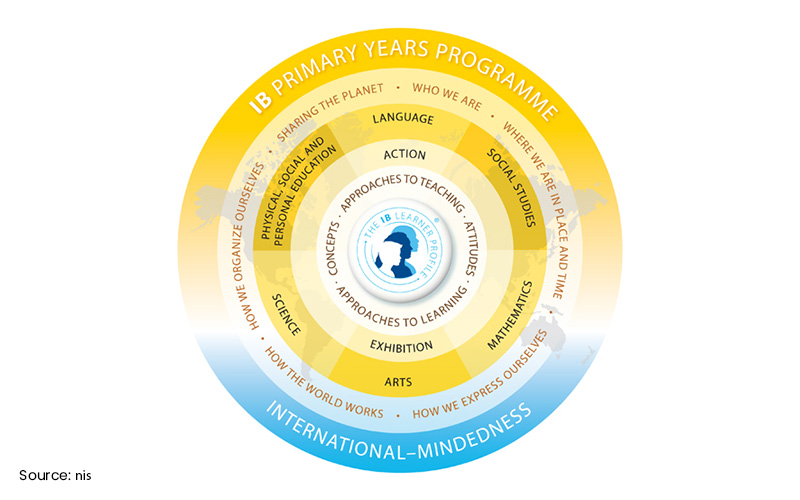
The IB Primary Years Programme (PYP) is ideal for parents looking for a globally minded education. It is used in some international preschools in Singapore.
This inquiry-based programme combines structured play with academic subjects like science, mathematics, and digital literacy. It builds global awareness, critical thinking, and a love of learning from a young age. The IB approach is especially suitable for expat families or those looking to inculcate a strong foundation for future international schooling.
5. Mandarin-focused Curriculum
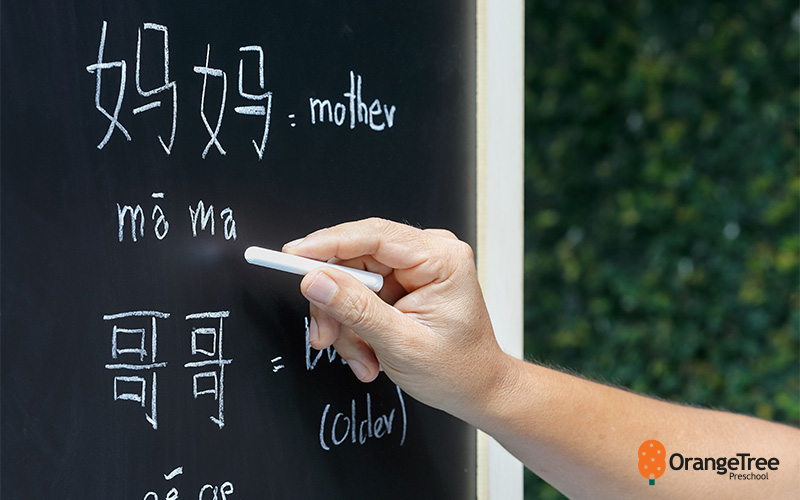
In a multicultural and bilingual nation like Singapore, many preschools offer a preschool with bilingual curriculum, with a particular focus on Mandarin.
This immersive approach goes beyond language classes. Mandarin is interspersed into daily routines, storytelling, songs, and cultural projects. Children develop fluency naturally while also learning about Chinese festivals, traditions, and values. It supports both linguistic ability and cultural appreciation.
6. Theory of Multiple Intelligences (TMI)
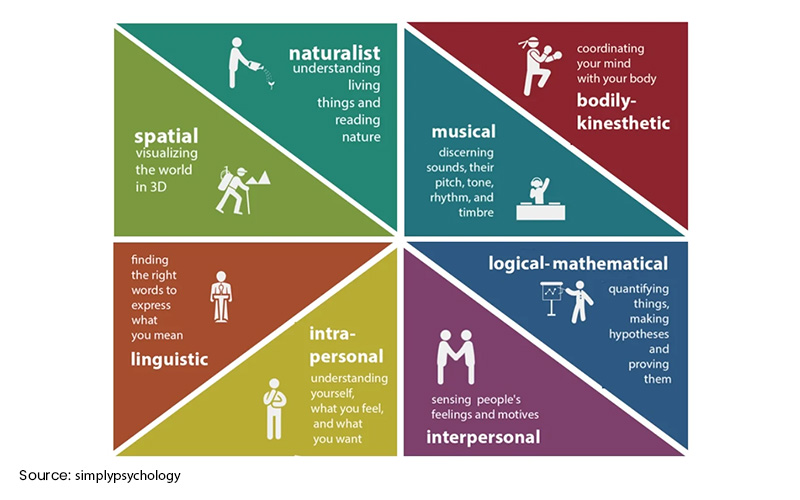
TMI-based preschools recognise that children learn in different ways—some through music, some visually, others through movement or social interaction.
This curriculum for preschool education allows educators to design learning experiences that match your child’s natural strengths. By offering varied activities, like building, painting, singing, or group games, children are encouraged to develop both their confident areas and less dominant skills.
7. Play-Based Learning
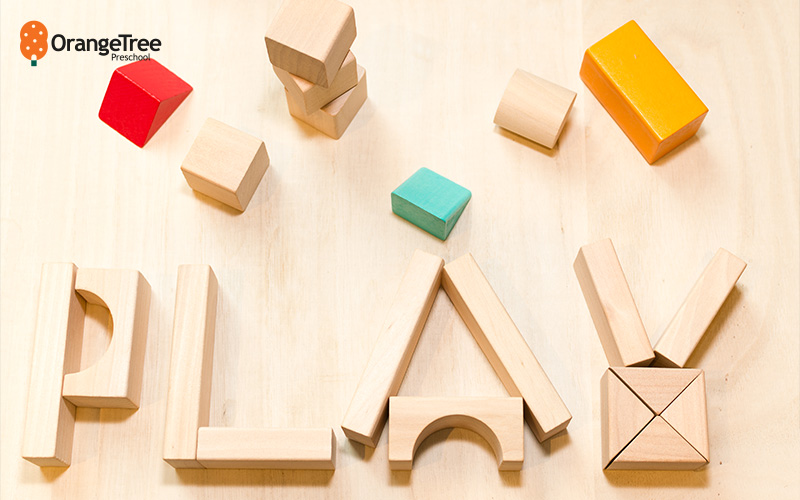
Play-based learning is a widely accepted and effective teaching method in early childhood education.
Through imaginative play, role-playing, construction, outdoor exploration, and problem-solving games, children develop creativity, communication, and self-regulation. It also supports motor skills and social interaction. Many Singaporean preschools integrate play as a key component of their curriculum for preschool education because it builds foundational skills in a natural, engaging way.
What to Look for in a Preschool
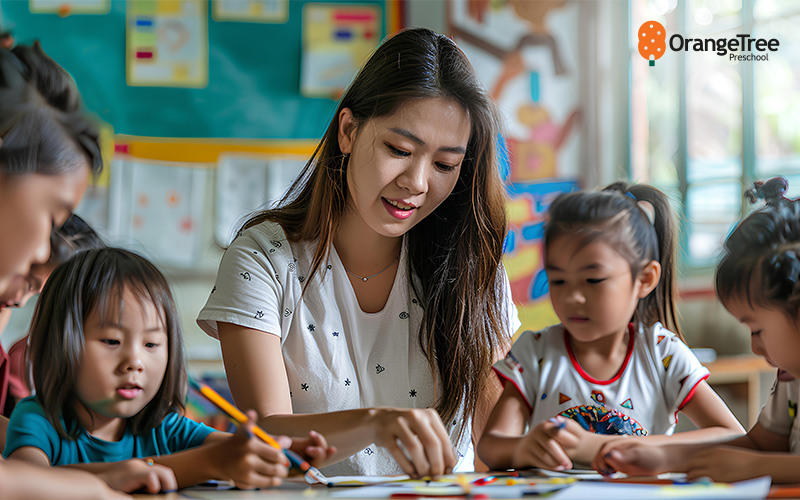
When choosing a preschool, consider how well the teaching approach aligns with your child’s personality, interests, and learning style. A strong preschool curriculum should offer a balance of academic, emotional, and social development.
Look for centres that involve parents in the learning process, communicate regularly, and create positive, safe environments. An ideal curriculum includes not just language and numbers, but also emotional regulation, early literacy skills, movement, and collaboration.
Preschools in Singapore are diverse in their approaches, but all share the same goal—to prepare your child for a lifetime of learning and confidence. From structured academic frameworks to expressive, play-based learning, there is no one-size-fits-all model.
At Orange Tree Preschool, we offer a comprehensive preschool learning curriculum that combines bilingual immersion with hands-on experiences. Our nurturing environment supports self-expression, curiosity, and independence—key traits in your child’s early years.
To learn more about our programmes and facilities, please schedule a tour with us today.
